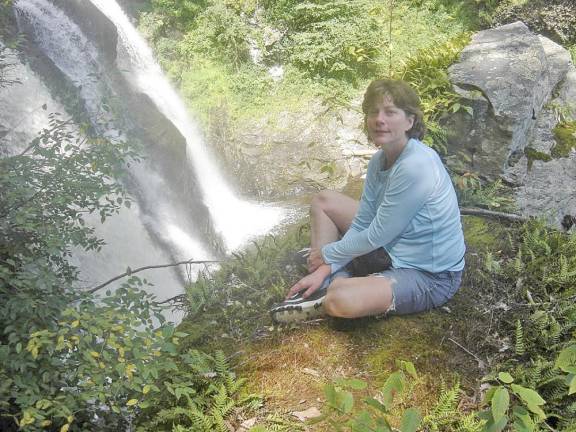More revenue for our park, under siege by littering tourists, will benefit us all

To the Editor:
Anyone driving on Route 209 between Milford and Stroudsburg, Pa., will surely noticed the unusual amount of people visiting the Delaware Water Gap National Recreation Area this year, and anyone looking at social media or visiting some of these popular sites will have witnessed the amazing amount of litter and destruction of these overused and under managed areas.
Go to the parking areas and notice that most of the cars are from New Jersey and New York. Most locals will choose to avoid such locations and find our own hidden places.
Yes, these visitors are doing themselves, the public lands and the locals a big disservice by not respecting the most basic rule of “what you bring in, bring out,” but I should point out that locals do plenty of littering themselves. Kudos to all the volunteers and park employees that are struggling to keep up with this perfect storm, due in large part because of unemployment and business closures giving many the spare time to take day trips, while the park is understaffed this year and typically underfunded.
While there is no excuse for such behavior, and it is surely sickening to all of us who cherish these beautiful places, I think it should encourage us to rethink the Visitors Use Plan that the Delaware Water Gap National Recreation Area put out for public comment in October and how it may help this situation going forward. The park proposed a plan for accommodating large groups with enhanced picnic areas, facilities, and parking. They also proposed a fee to be collected at the entrances affecting Route 209, which is the detail that received the most attention and alarm.
Many residents came to believe that every time they drive on 209, they would be charged $25 like visitors would. That of course would be absurd, and the proposed solution was that residents could take the alternate Route 2001 or purchase a $45 annual pass -- a good deal for anyone who uses the park and its roads. As evidenced during the lock down, many took advantage of its outdoor attractions. It was the saving grace for many of us.
By collecting fees, the park has the opportunity for initial contact with visitors where they can relay crucial information, rules and penalties. The badly needed monies collected will be used for increased workforce and park improvement projects. While not all visitors patronize the local establishments, the park surely does employ local people, and increased revenue would magnify that, so the region would see a double benefit – increased employment and an improved Park. The fees may also have the potential to control the sheer number of people, which seems out of control right now.
If you dislike government and prefer to starve it, consider the options. The park limps along underfunded and deteriorates, becomes destroyed, portions closed and bad blood between visitors and locals. Or it goes back to private ownership, whereby locals would, by and large, be unable to access the waterfalls and trails or have to pay for using them, like Bushkill Falls. Either way we lose. Let’s get behind increased revenue for our park, so that it can get ahead of the maintenance, management and improvement of it for the local economy, recreational benefit and much-needed tourist dollars that it brings.
The Delaware Water Gap National Recreation Area is one of the only national parks in the Northeast, serving a huge population that includes New York City and Philadelphia, receiving as many or more visitors than some of our country’s most popular parks, yet has a budget that is much, much smaller. It is a crown jewel of the region, and while we are all mindful of the sacrifices made leading up to the park managing these public lands, we cannot allow it all to be for naught. We need to honor it by cherishing and contributing to its success and preservation, as it will benefit us all in the end.
Marie Liu
Milford